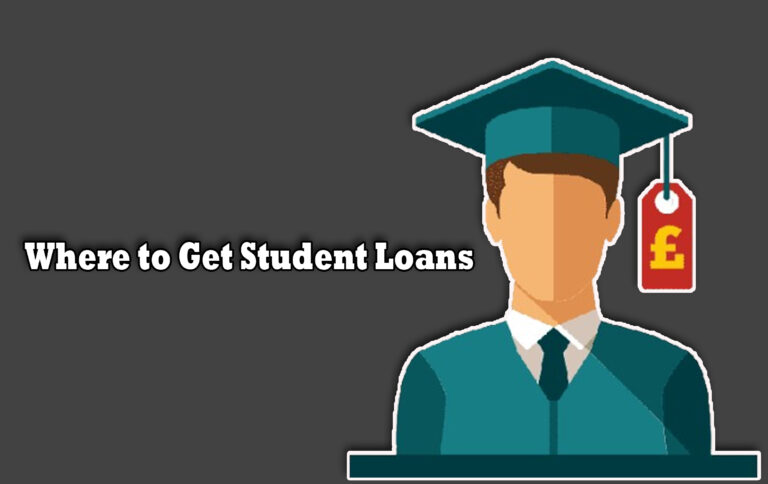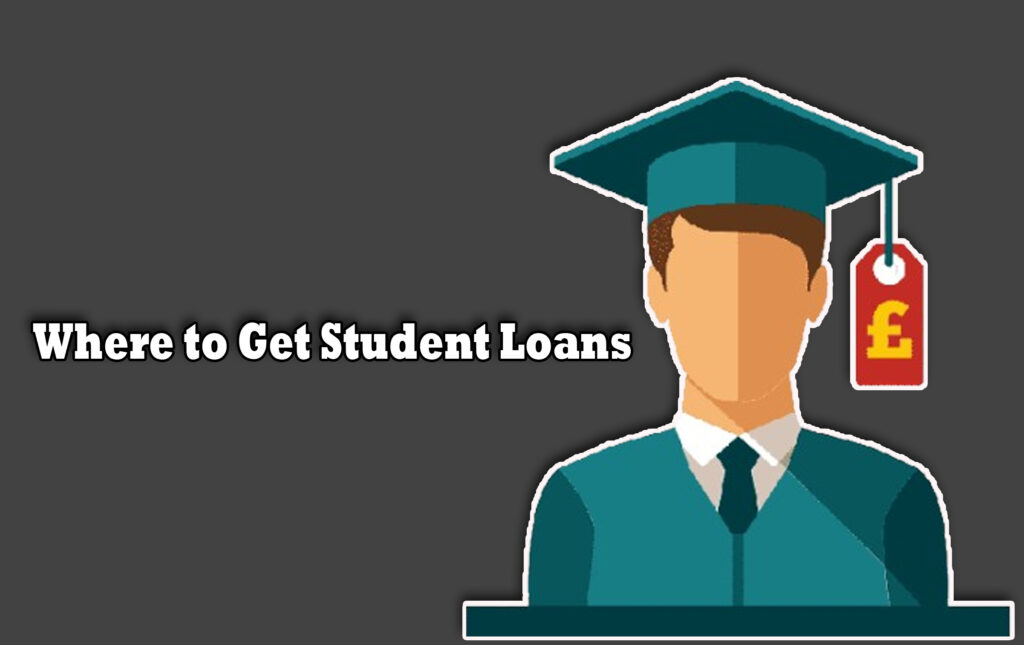
Where To Get Student Loans – Whether you’re enrolling in a university, college, vocational school, or graduate program, the cost of tuition, books, housing, and other fees can be overwhelming.

For many students and their families, taking out a student loan becomes a practical option for financing education. However, knowing exactly where to get a student loan and what kind of loan suits your situation is crucial for managing your debt responsibly and successfully completing your academic journey.
Firstly, understanding your options is the first step. Student loans come from different sources, each with its own set of benefits, eligibility requirements, interest rates, repayment plans, and forgiveness options. Let’s look at the places where one can get student loans.
Federal Student Loans
Federal student loans are often the first and best place for most students to look. These loans are provided by the U.S. Department of Education and are designed to support students of all income levels.
They typically offer lower interest rates, more flexible repayment options, and access to forgiveness programs. Here are the different types of student loans:
- Direct Subsidized Loans: This is for undergraduate students with financial need. The government pays the interest while you’re in school at least half-time, during deferment, and during the grace period.
- Direct Consolidation Loans: This is where you combine multiple federal loans into one, which simplifes repayment.
- Direct Unsubsidized Loans: are available to both undergraduate and graduate students regardless of financial need. Interest starts accruing immediately.
- Direct PLUS Loans: For graduate students or parents of dependent undergraduates. These loans require a credit check.
Here’s the process on how you apply for it:
- Fill out the FAFSA (Free Application for Federal Student Aid) annually.
- Your school’s financial aid office will determine your loan eligibility based on the FAFSA.
Federal loans are ideal for most students due to their borrower protections and income-driven repayment plans.
Private Student Loans
Private student loans are offered by banks, credit unions, online lenders, and other financial institutions. These loans can help cover the gap between the cost of education and the amount of federal aid you receive. However, they typically come with higher interest rates and fewer repayment protections. Some of the banks that offer Private loans include Wells Fargo, Citizens Bank, and Discover.
Online Lenders such as Sallie Mae, College Ave, and Earnest offer Private loans, and Credit Union which may offer competitive rates to members.
Key Characteristics of Private Loans:
- Interest rates may be fixed or variable and are usually based on credit history.
- Repayment typically begins while you’re still in school, although some offer deferment.
- Most lenders require a creditworthy co-signer, especially if you’re a student with little to no credit.
The time you can consider Private Loans include:
- After you’ve exhausted all federal loan options.
- When you need additional funding to cover full tuition, room and board, or other expenses.
Private loans can be helpful, but they should be approached with caution and used only after understanding the full terms.
State-Based Student Loan Programs
In addition to federal and private loans, many U.S. states have their own student loan programs designed to assist residents in pursuing post-secondary education.
These programs often offer lower interest rates and borrower benefits for students who live in-state or plan to work in the state after graduation. Here’s how State Loans work:
- It is operated by state higher education agencies or nonprofit organizations.
- It may be offered to both in-state and out-of-state students attending eligible institutions.
- Some programs offer loan forgiveness if graduates work in specific professions or underserved areas within the state.
- Some of the examples of State Loan Programs:
- Texas Higher Education Coordinating Board (THECB)
- Rhode Island Student Loan Authority (RISLA)
- Minnesota Office of Higher Education (MOHE)
To apply, check your state’s official education department website. State loans can be a good middle ground between federal and private loans, particularly if you qualify for in-state benefits.
Institutional Loans from Colleges and Universities
Some colleges and universities offer their own loan programs directly to students. These are known as institutional loans, and the terms can vary widely depending on the school’s policies.
Here’s how these loans work:
- It is offered as part of a school’s financial aid package.
- It may have lower interest rates than private loans.
- Repayment terms are determined by the school itself.
Some advantages this loan offers aresometimes don’t require a credit check or co-signer. Also, it may offer flexible repayment or deferment while in school.